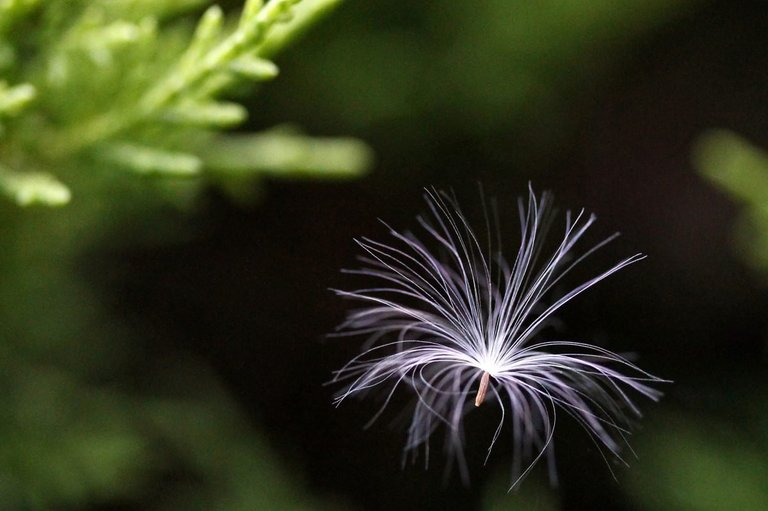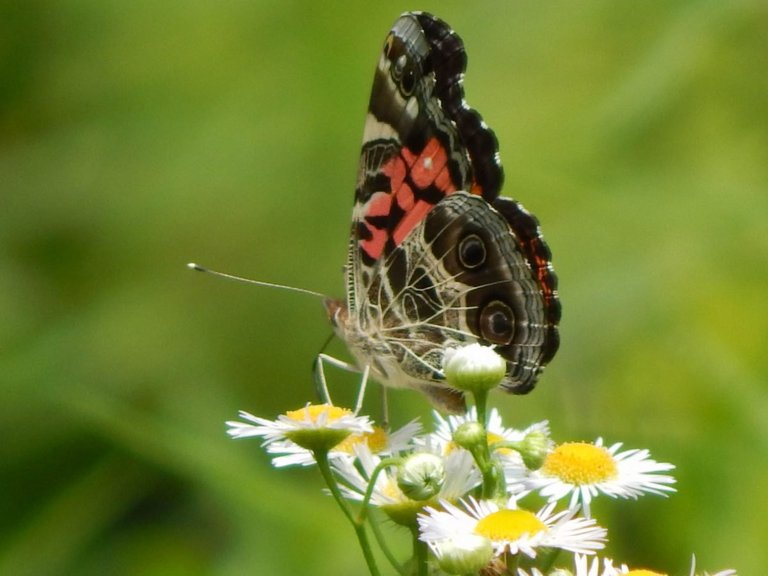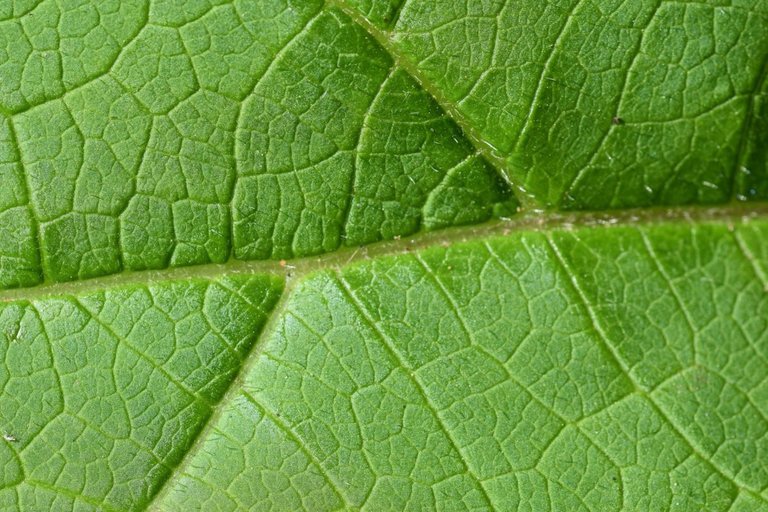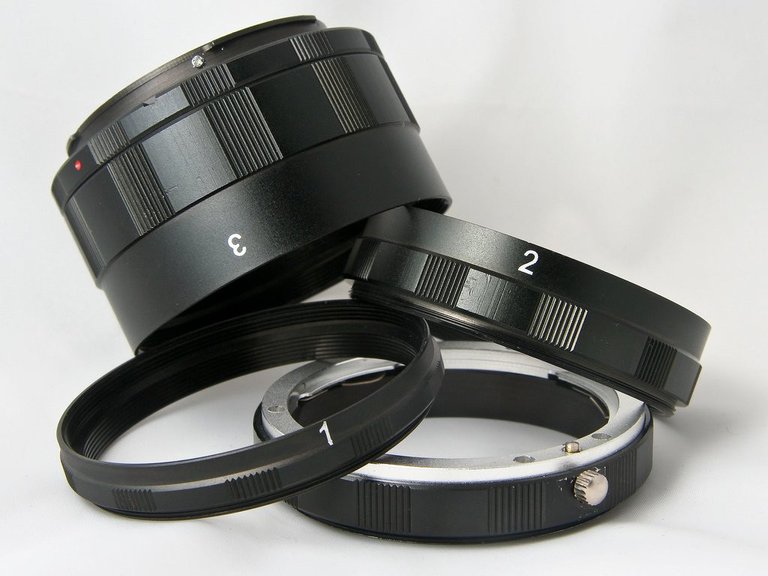HELLO MY HIVE COMUNITY
Want to explore macro photography? Our guide will help you get started in no time. No special equipment necessary!
Macro photography, or taking larger-than-life-size pictures of very small subjects, is a fascinating, absorbing branch of photography through which you can explore the details of the world around you (and come up with some fantastic images in the process).
Once impractical for many because it required a substantial investment in equipment, macro photography is now accessible to everyone who owns a DSLR or even a digital point-and-shoot camera.
Micro, Macro or Close Up?
The terms macro and micro are both commonly used in this aspect of photography, and though the literal meanings are opposite (micro means small and macro means large), they both refer to the same thing: making a small object look big.
True macro photography is done using a dedicated macro (for Canon products) or micro (for Nikon products) lens, which has the capability of achieving at least a 1:1 magnification.

Photo by graemeandginbooyah
Airborne seed pod shot with a DSLR camera with a 60mm macro lens
Option #1: Point-and-Shoot Digital Cameras
In a point-and-shoot digital camera, choosing the macro mode makes the lens elements automatically adjust for close focusing.
The upside of this is that it’s a no-cost, no-hassle way to take outstanding macro and close-up photographs, requiring absolutely zero investment in additional equipment; the downside is that the photos won’t have the same level of precision, detail, magnification, and quality as those shot with a DSLR camera and a dedicated macro lens.
If you’re just starting to consider branching into macro photography, a point-and-shoot camera in macro mode can be an excellent way to begin.
It can give you the chance to explore the possibilities of recording very small and detailed subjects without making any investment in equipment or mastering new techniques.
It’s a no-cost way of finding out whether macro photography is for you, and you’ll get some great shots along the way.

Photo by graemeandginbooyah
Butterfly shot with a point-and-shoot on macro setting

Photo by John Campbell
Leaf shot with a 105mm macro lens. Even the tiny hairs on the leaf are visible
Option #2: DSLR Cameras
If you have a DSLR (digital single-lens reflex) camera, your macro photography options increase exponentially.
You can use the lenses you already have, you can add equipment that expands the capability of your existing lenses, or you can buy dedicated lenses that are made specifically for macro photography.
Extension Tubes
Another way to adapt your DSLR camera for macro photography is with extension tubes, which are hollow cylindrical spacers that are attached between the lens and the camera mount to increase the extension of your lens.
They have no optics in them, so their effect depends entirely on their ability to change the lens’ minimum focus distance, or how close you can be to a subject and still focus.
The longer the extension tube, the closer you can get to a subject and still focus, and the closer you get, the higher the lens magnification becomes

Photo by guysie
A set of extension tube
Extension tubes are frequently sold in sets of three tubes of varying sizes, and each tube can be used alone or attached to one or more additional tubes for greater length.
Their cost ranges from less than $20 to well over $100, depending on the type and brand you purchase.
BEST REGARD
@ALL.MECHANIC
Source
Plagiarism is the copying & pasting of others work without giving credit to the original author or artist. Plagiarized posts are considered fraud and violate the intellectual property rights of the original creator.
Fraud is discouraged by the community and may result in the account being Blacklisted.
If you believe this comment is in error, please contact us in #appeals in Discord.
Hi! I am a robot. I just upvoted you! I found similar content that readers might be interested in:
https://www.exposureguide.com/macro-photography-tutorial/